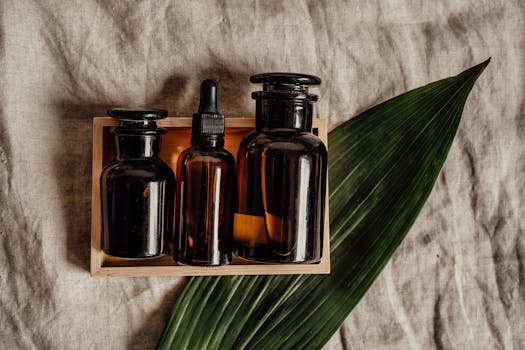Understanding Pigmentation Spots
Pigmentation spots, commonly known as hyperpigmentation, are areas of skin that become darker than the surrounding skin. This condition can arise from various factors, including sun exposure, hormonal changes, and skin injuries. According to the American Academy of Dermatology, nearly 90% of adults experience some form of hyperpigmentation in their lifetime. While pigmentation spots are generally harmless, they can affect an individual’s self-esteem and overall appearance.
What Are Serums and How Do They Help?
Serums are lightweight, fast-absorbing liquids that deliver concentrated active ingredients directly to the skin. They are designed to target specific skin concerns, including pigmentation spots. The right serum can help to lighten these spots, even out skin tone, and improve overall skin texture.
Key Active Ingredients to Look For
When searching for a serum to combat pigmentation spots, it’s essential to focus on specific active ingredients known for their efficacy. Here are some of the most effective ingredients:
- Vitamin C: A powerful antioxidant, Vitamin C helps to brighten the skin and reduce the appearance of dark spots by inhibiting melanin production.
- Niacinamide: Also known as Vitamin B3, niacinamide is known for its anti-inflammatory properties and ability to lighten pigmentation by inhibiting the transfer of melanin to skin cells.
- Alpha Arbutin: A naturally occurring compound, alpha arbutin helps to reduce melanin production and is often used in serums for its skin-brightening effects.
- Retinoids: These Vitamin A derivatives promote cell turnover and can help fade pigmentation spots over time. They are particularly effective for sun-induced pigmentation.
- Azelaic Acid: This ingredient is known for its ability to reduce inflammation and inhibit melanin production, making it effective for treating both acne and pigmentation.
- Kojic Acid: Derived from fungi, kojic acid is a natural skin-lightening agent that works by inhibiting the enzyme responsible for melanin production.
Case Studies and Statistics
Research has shown the effectiveness of these ingredients in treating pigmentation spots. A study published in the Journal of Clinical and Aesthetic Dermatology found that a serum containing 10% Vitamin C significantly reduced pigmentation in participants after 12 weeks of consistent use. Similarly, a clinical trial involving niacinamide demonstrated a 20% reduction in hyperpigmentation after eight weeks.
Moreover, a survey conducted by the American Society for Dermatologic Surgery revealed that 60% of respondents were concerned about pigmentation spots, highlighting the demand for effective treatments. This growing concern has led to an increase in the availability of serums specifically formulated to address these issues.
Choosing the Right Serum for Your Skin Type
When selecting a serum, it’s crucial to consider your skin type and any specific concerns you may have. Here are some tips:
- Oily Skin: Look for lightweight, oil-free serums containing niacinamide or salicylic acid to help control oil while treating pigmentation.
- Dry Skin: Opt for serums with hydrating ingredients like hyaluronic acid combined with Vitamin C or retinoids to ensure moisture retention.
- Sensitive Skin: Choose serums with gentle ingredients like azelaic acid or alpha arbutin to minimize irritation.
Conclusion
Pigmentation spots can be a source of frustration for many individuals, but the right serum can make a significant difference. By focusing on active ingredients such as Vitamin C, niacinamide, and retinoids, you can effectively target and reduce the appearance of these spots. Remember to consider your skin type when selecting a serum to ensure the best results. With consistent use and the right formulation, achieving a more even skin tone is within reach.
